- A
- A
- A
- ABC
- ABC
- ABC
- А
- А
- А
- А
- А
- HSE University
- Faculty of Physics
- News
- ‘Students at HSE University’s Faculty of Physics Receive a World-Class Education’
-
Faculty
-
DEGREE PROGRAMMES
-
Doctoral Programmes
-
Laboratory
-
Committees
21/4 Staraya Basmannaya Ulitsa
email: facultyofphysics@hse.ru
The Faculty of Physics at HSE was formed in October 2016.
The principal peculiarities of HSE’s Faculty of Physics are the following ones:
- hiring the best and most active physics experts to teach up-to-date courses, including first years of education;
- bridging the gap between education and the sciences through the development of a "core system", which can offer students intensive instruction in the fundamentals of physics during the early years of their study with an eye to further professional development through involvement in practical research carried out by the faculty’s founding organizations (leading physics institutes of the Russian Academy of Sciences (RAS)).
Materials. 2022. Vol. 14. No. 24. P. 7528-7528.
Fominov Ya.V., Mikhailov D. S.
Physical Review B: Condensed Matter and Materials Physics. 2022. Vol. 106. No. 13.
Herbst K., Baalmann L. R., Bykov A. et al.
Space Science Reviews. 2022. Vol. 218. No. 4.
B. V. Andryushechkin, Pavlova T. V.
Journal of Chemical Physics. 2022. Vol. 156. No. 16.

‘Students at HSE University’s Faculty of Physics Receive a World-Class Education’
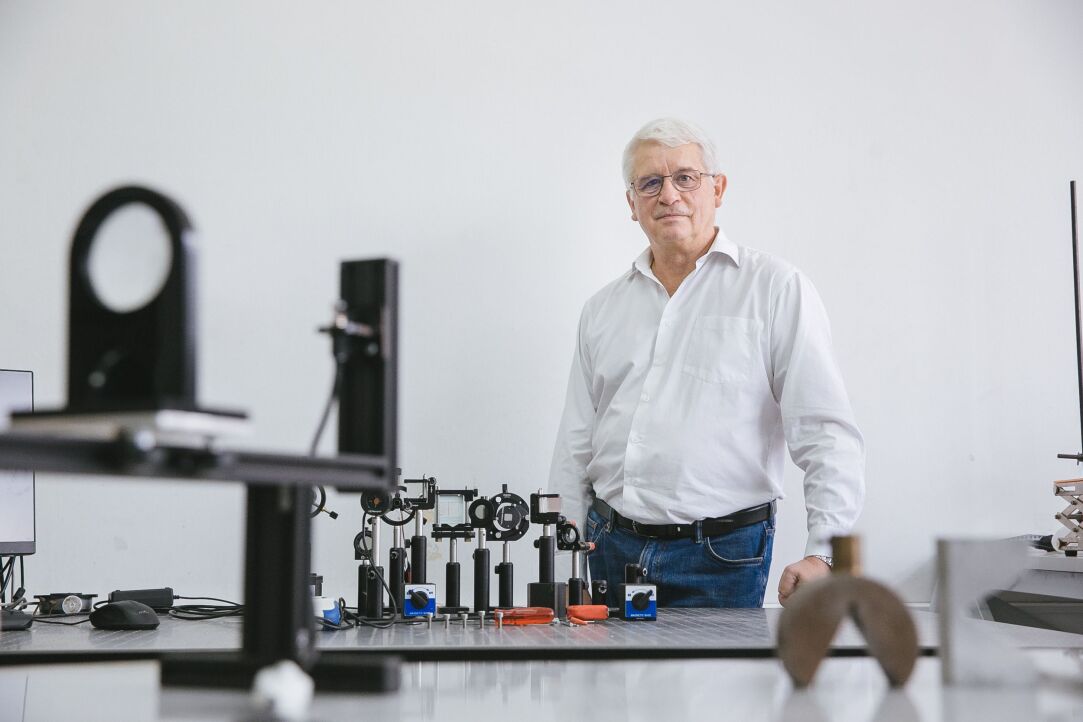
On October 10, 2016, the Faculty of Physics was created at HSE University. It was the university’s first natural science faculty. Its first master’s students graduated in 2019, its first bachelor’s students completed their studies in 2021, and the first doctoral students will do the same in 2023 after beginning their bachelor’s studies in 2017. In his interview, Mikhail Trunin, Dean of HSE University’s Faculty of Physics, talks about the Kapitsa educational system implemented at the faculty, the results that have been achieved in seven years of work, and what is still missing.
— How did physics come to HSE University?
— By the mid-2010s, it became clear that HSE University should be a classic university of international standing. And any prestigious global university has a powerful natural science block, the core of which is the physics department.
Apparently, HSE University’s management was considering the idea of such a department; there were different candidates for its creation, but in the end, Rector Yaroslav Kuzminov opted for our team. We came from the Faculty of General and Applied Physics at Moscow Institute of Physics and Technology (MIPT), where I worked as dean for almost eight years, until 2016.
The HSE University rector tasked us with creating the best physics department in the country. The first enrolment took place in 2017—about twenty people were admitted to the bachelor’s programme and the same number to the master’s programme.
— What were the founding principles of the faculty?
— There are two such principles, and they are tightly connected: training students according to the system of Pyotr Kapitsa and developing physics research in modern experimental laboratories.
The educational system proposed by Kapitsa during the creation of MIPT ensured great success for that university, and in the last century, it spread to a number of universities specialising in physics and technology. But today, in my opinion, it has only been fully implemented at HSE University. The Kapitsa system is based on three pillars.
Firstly, future scientists must be taught by scientists. From the first year of our bachelor’s programme, almost all courses are taught by practicing scientists—specialists in the area of physics or mathematics to which their course is devoted. They make up about 90% of the total number of faculty teachers, and it is not easy to recruit them; not every scientist is capable of teaching.
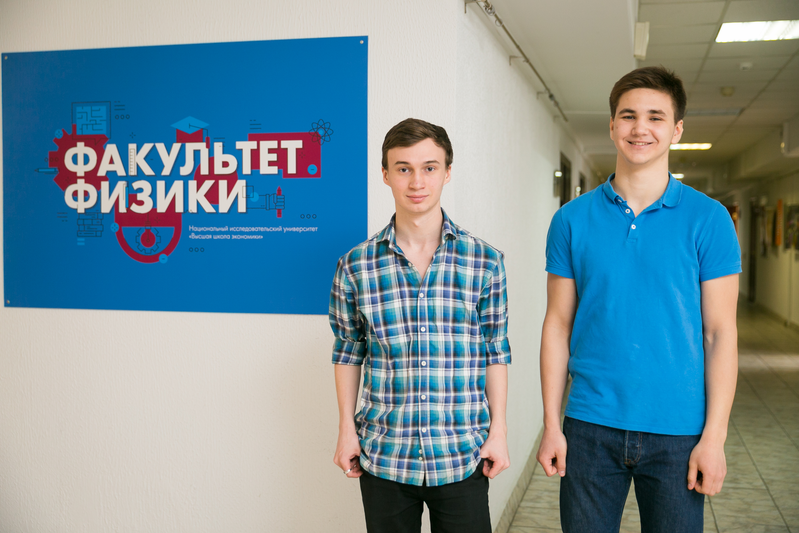
Secondly, students need to be involved in real scientific research as early as possible. After they have studied the main areas of physics and mathematics in the first two years, we send them to joint departments in seven leading institutes of the Physical Sciences Division at the Russian Academy of Sciences. There, they not only listen to lectures on the areas of science relevant to a particular institute, but also conduct research under the guidance of researchers from these institutes.
Thirdly, an individual approach is required. We have 160 external part-time teachers, about 250 students are being taught in all undergraduate and graduate courses, and according to the faculty rules, a teacher can supervise one student per course.
As for the development of physical science in experimental laboratories with the participation of students, we are fully utilising the potential of the research laboratories at our base institutes.
— How do students and graduates benefit from the Kapitsa system?
— By learning from leading scientists and being at the forefront of modern science, students of HSE University’s Faculty of Physics receive a world-class education.
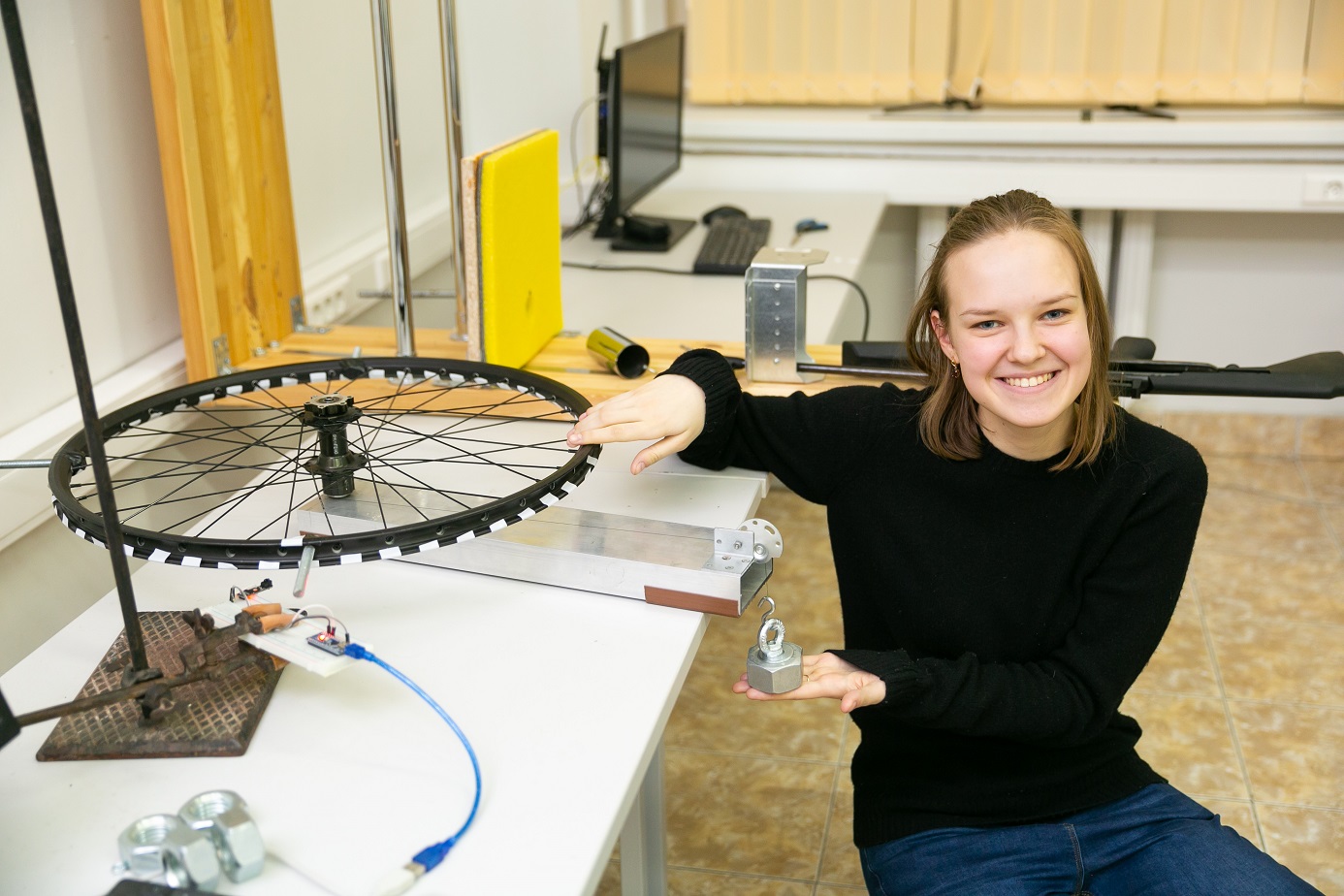
Our graduates have no problem finding employment because from the very beginning of their studies, they have access to employers—the institutes within the Russian Academy of Sciences. Starting from the first graduating class of 2019, approximately half of our master’s graduates go on to doctoral school and continue their academic careers at institutes, while the rest go into IT, R&D, and some go abroad.
— Is it the case that physics students at HSE University only study theory, and practice is the prerogative of joint departments outside the university?
— No. Of course, at our faculty we have a training laboratory practicum, which we tried to fit with modern equipment so that students can become familiar with it at the training stage.
Laboratory classes are held at any university where physicists are trained, but, as a rule, these classes are quite formalised. Students work according to a strict procedure outlined in the guidelines.
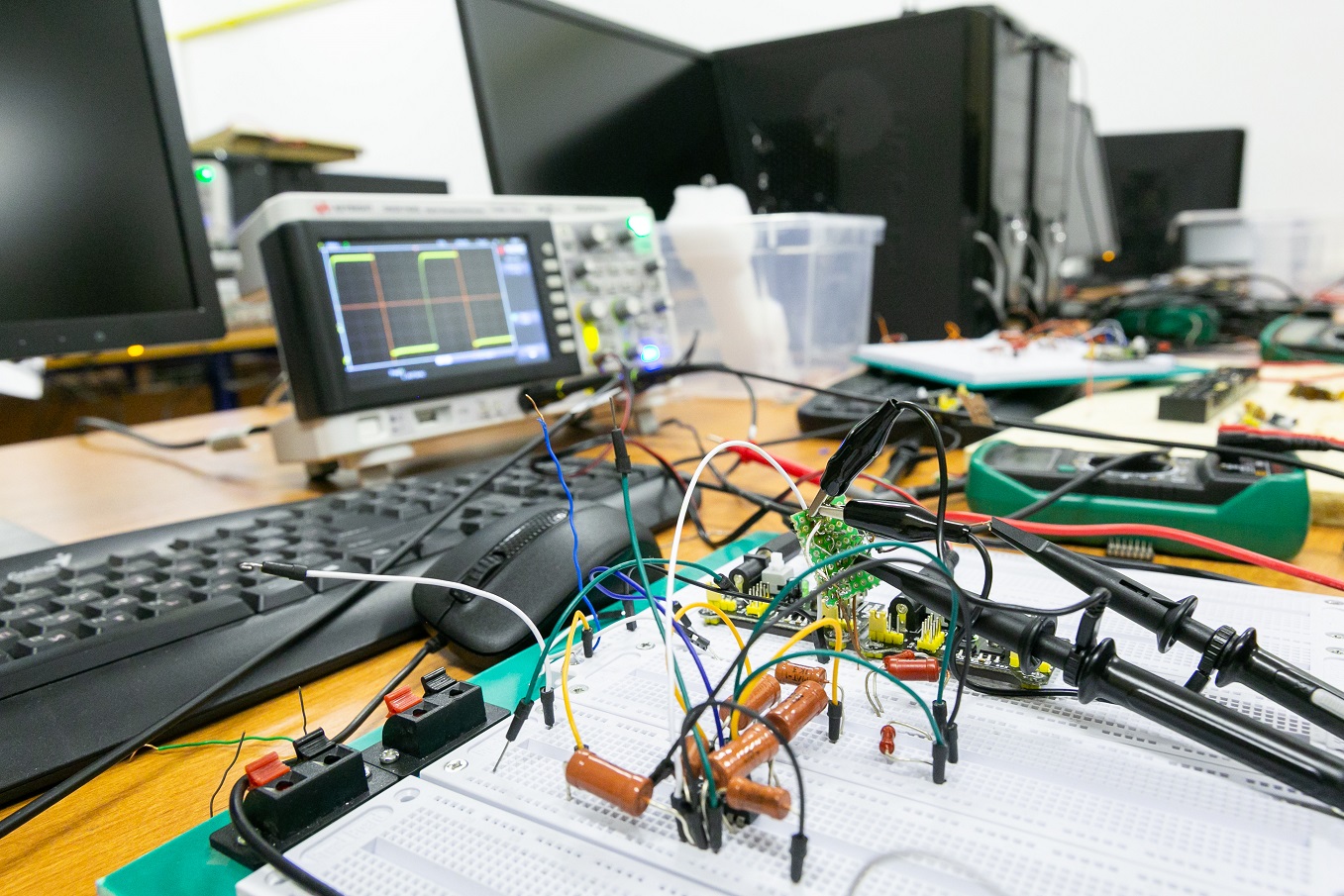
But no matter how good our educational workshop is, its capabilities are not enough to conduct serious scientific research. Students carry out the real scientific work at joint departments of the institutes within the Russian Academy of Sciences, which have specialised expensive equipment and qualified research staff.
— What results of the faculty’s work can you talk about? What are you proud of?
—The fact that our small and intimate faculty, which arose from nothing, is gaining popularity every year and successfully competing with leading engineering and physics universities with a long history. We enrol intelligent and diligent applicants who are truly interested in physics and know how to study.
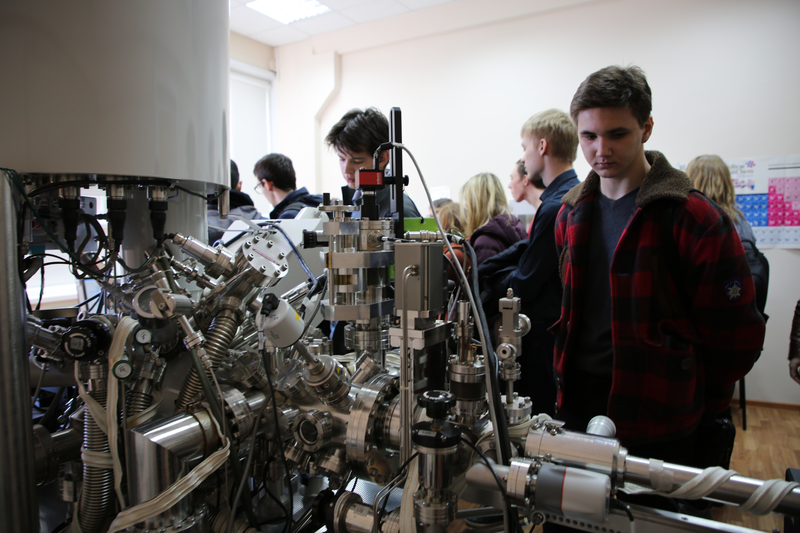
Our teachers are world-class scientists. Across the entire faculty, 80% of teachers have an academic degree. Most of them are young scientists, including doctors of science, who teach online classes on the faculty’s campus.
Over seven years, faculty members have published about 900 articles on physics with an affiliation to HSE University. More than 60% of these have been in A-list journals, and about 100 articles have been co-authored with our students and doctoral students. Students also actively participate in conferences; since the faculty opened, they have made 700–800 scientific reports.
— What does your faculty lack? What do you see as the top priority of its future development?
— We lack real research laboratories on the faculty campus. Yes, they are available at the base institutes within the Russian Academy of Sciences, and students work there, but there should also be modern experimental laboratories at the faculty. Then we would have staff members working full time at HSE University and publishing articles affiliated only with our university.
By creating modern physics laboratories at HSE University, we would be able to earn money and strengthen the position of our faculty in the world, strengthening its international status. This is the main path for the development of HSE University’s Faculty of Physics. We need the results of current research, which is carried out not only in the joint facilities, but also within the walls of the university.
- About
- About
- Key Figures & Facts
- Sustainability at HSE University
- Faculties & Departments
- International Partnerships
- Faculty & Staff
- HSE Buildings
- Public Enquiries
- Studies
- Admissions
- Programme Catalogue
- Undergraduate
- Graduate
- Exchange Programmes
- Summer Schools
- Semester in Moscow
- Business Internship
-
https://elearning.hse.ru/en/mooc/
Massive Open Online Courses
-
https://www.hse.ru/en/visual/
HSE Site for the Visually Impaired
-
http://5top100.com/
Russian Academic Excellence Project 5-100
- © HSE University 1993–2025 Contacts Copyright Privacy Policy Site Map
- Edit

